

COURTESY PHOTO
Still working at age 75, Svein is supervising the repurposing of several ships at a Mobile, Alabama, shipyard.
In the mid-1960s, it was common for young men living in Norway to take to the sea. As such, it wasn’t unusual that Svein Kruse became a mariner at age 15.
Svein so loved the seafaring life that he chose to make a career of it, eventually earning a marine engineering license at age 21.
“A marine engineer operates all the technical and mechanical equipment on a ship, whether it’s a cargo vessel, cruise ship or tugboat,” Svein explains.
“Marine engineering is a nice business to be in. There’s a lot of freedom and a lot of travel. I’ve been around the world many times, and it’s never boring. It’s actually a lot of fun.”
Svein, 75, has spent most of his adult life in the cruise ship business. He is currently overseeing the repurposing of several ships at a shipyard in Mobile, Alabama.
“I’m the project manager for the conversion of some offshore vessels to be used for ferry operations in New England, at Martha’s Vineyard and Nantucket,” Svein elaborates. “This project started last April and should take about a year to complete. Whether there will be another project after that remains to be seen. I’m supposed to be retired.”
For Svein, “retired” doesn’t mean slowing down. Even now, he devotes as much of his free time as possible to one of his favorite hobbies: construction.
“I’ve built a couple of new kitchens and a couple of houses for myself recently,” he elaborates. “I like to work with my hands.”
His hobby requires good eyesight, but in early 2023, Svein noticed some vision changes that concerned him. He soon learned the problem was cataracts.
A clouding of the lenses caused by a buildup of protein deposits, cataracts typically cause blurry vision, glare, halos around lights and a fading in the vibrancy of colors. The only treatment is surgery to remove the affected lenses.
That surgery is typically performed on one eye at a time, a week or two apart. The procedure begins with the breakup and removal of the clouded lens. A synthetic replacement known as an intraocular lens, or IOL, is then implanted.
Similar to contact lenses, IOLs come in different focusing powers to correct refractive vision issues. The goal is to reduce the patient’s dependence on eyeglasses.
That appealed greatly to Svein.
“As my eyesight changed over the years, I frequently needed new prescriptions for my glasses,” he says. “But I never liked wearing glasses. They’re a nuisance and an inconvenience, especially when you’re out in the shipyard in the heat. Sometimes out there, you’re sweating so much that you need windshield wipers on your glasses.
“I wanted to get rid of them, so when I discovered that cataracts can be surgically removed and that my eyesight could be corrected so that I wouldn’t need glasses, I decided to have the surgery. The doctor at the clinic where I got my last vision prescription recommended I visit Dr. Ge for the procedure.”
Toric Versions
Q. Jocelyn Ge, MD, PhD, is a board-certified ophthalmologist and ophthalmic surgeon at Premier Eye Clinic, which has offices in Port Orange and Ormond Beach.
“When Mr. Kruse came to us, he was having trouble driving at night because of the glare, which is common with age-related cataracts,” Dr. Ge recalls. “He was wearing glasses 100 percent of the time and was not happy about it, so he asked about options to clarify his vision and reduce his dependence on glasses.
“During that discussion, I explained that no one IOL was going to give him 100 percent perfect vision. The best way for him to see clearly and be glasses-free following surgery was to follow a mix-and-match strategy, using a different IOL in each eye.”
In Svein’s left eye, which is his non-dominant eye, Dr. Ge implanted the AcrySof® IQ Vivity® by Alcon. This lens is known clinically as an extended depth-of-focus lens, which means that instead of splitting light entering the eye the way most multifocal and trifocal IOLs do, the Vivity stretches the light so it can be used to focus on images faraway and near.
“In his right eye, his dominant eye, I implanted an accommodating lens,” Dr. Ge observes. “An accommodating lens adjusts to the eye’s natural movement to restore clear vision. It does not break down light entering the eye, so it provides maximum contrast sensitivity, the ability to identify small differences in shades of gray. Good contrast sensitivity improves night vision.
“The Vivity lens, which I implanted in Mr. Kruse’s left eye, is a little better for intermediate vision than for very close-up vision. To address this, I targeted his left eye for slight nearsightedness to give him a good range of vision and reliable reading vision, making him essentially glasses-free. For very small print, such as a prescription insert, he might need very low-power, over-the-counter reading glasses.
“But by mixing and matching IOLs, we can improve our patients’ chances of becoming glasses-free and enhance their happiness with their outcomes.”
Achieving a happy outcome in Svein’s case required Dr. Ge to address another issue that he presented with: astigmatism.
Astigmatism is an irregular shape of the cornea, which is the clear covering in front of the eye. This condition creates blurry vision, but it can be addressed by implanting a toric version of the IOL.
In Svein’s case, Dr. Ge implanted the Vivity toric lens in his left eye and a Trulign® IOL, which is the toric version of an accommodating lens, in his right. That further reduced his dependency on glasses.
“Almost Perfect” Vision
“I don’t need glasses anymore,” Svein enthuses. “Dr. Ge told me I might need reading glasses for very close-up tasks and small print, but the print has to be really, really small for me to not be able to read it.
“I typically work with dual computer screens, and I can read everything on them without glasses now, so I’m very happy. I’m rid of my glasses, and I no longer feel the need to have glasses with windshield wipers.
“Dr. Ge’s strategy worked very well because my vision is almost perfect, so I’m super happy with the outcome, and I’m having no problems with my vision.”
-Svein
Svein’s joy extends to the ophthalmic surgeon who removed his cataracts and sharpened his eyesight.
“Dr. Ge is a fantastic person,” he raves. “In terms of quality as a doctor, she’s as good as they come. As far as patient relationships, she’s very pleasant to work with. I’m very happy with Premier Eye Clinic as a whole and with all the people within it. I recommend it to anybody, 100 percent.”




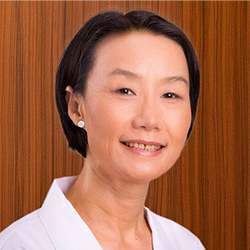
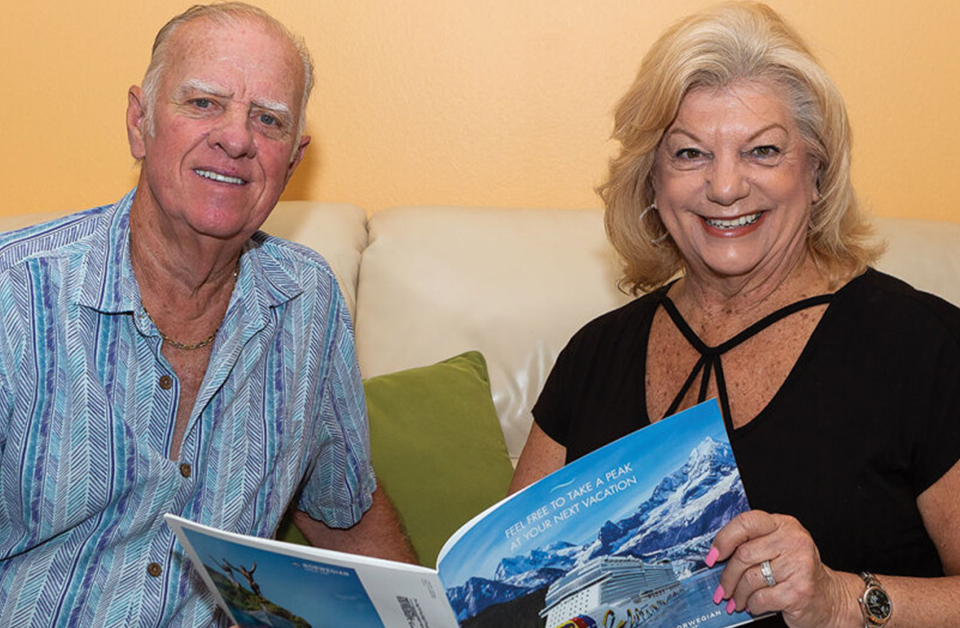

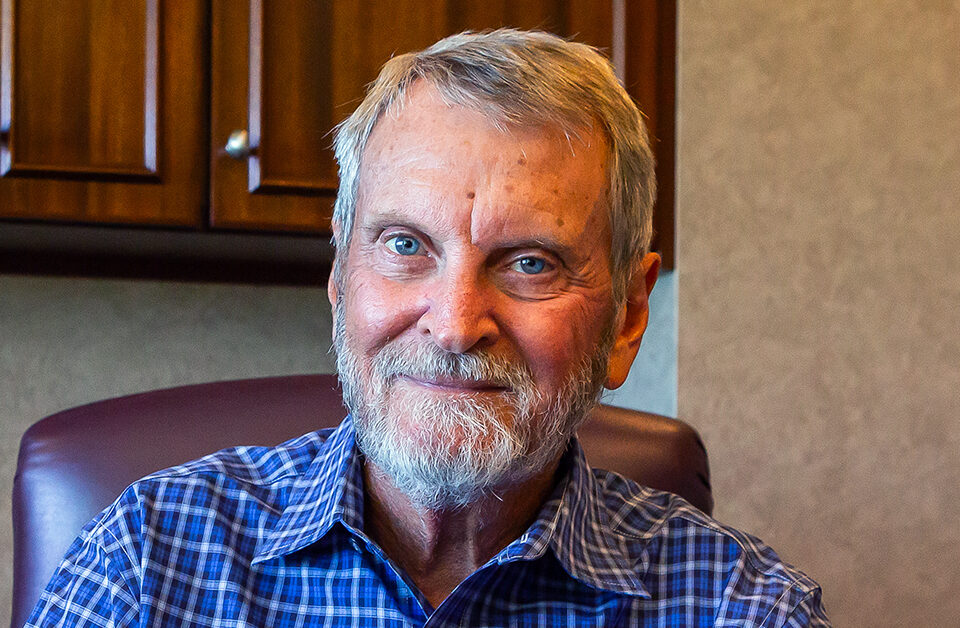
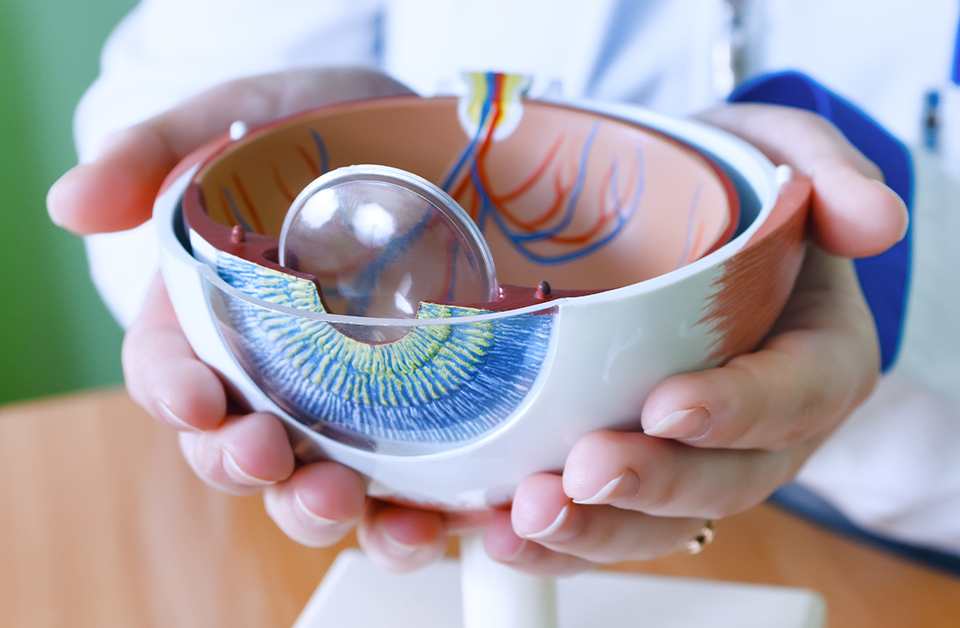

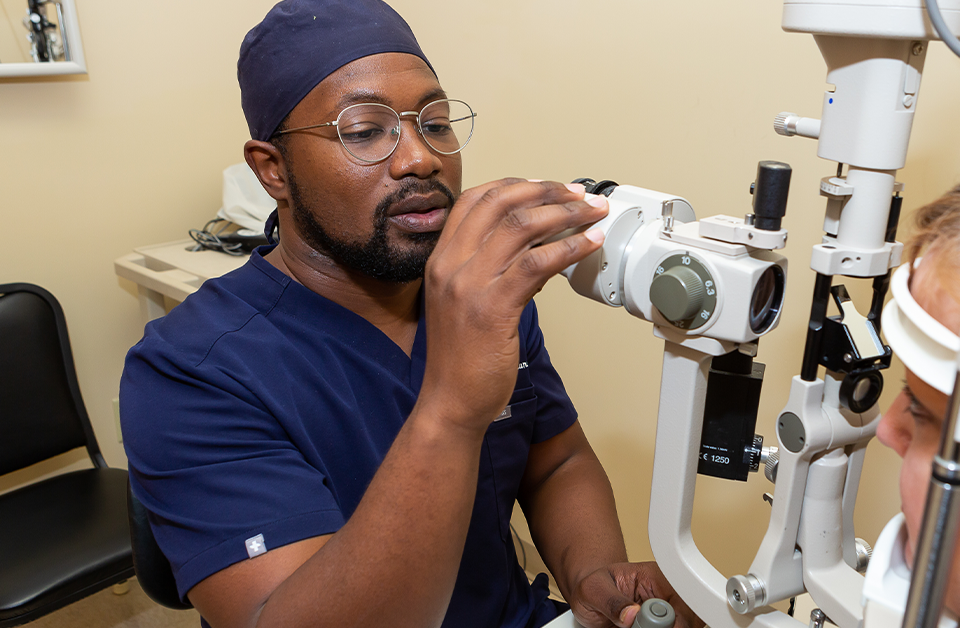
Leave a Reply